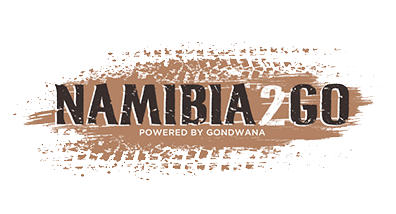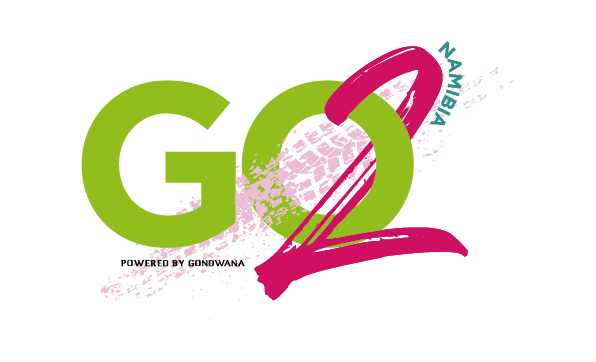Set in southern Namibia, Great Namaqualand, ‘Bittersweet Karas Home’ is the story of three families, the Hills, Walsers & Hartungs, whose lives merge and intertwine in a semi-arid land that presents both hardship and blessings. Over the next few months, we would like to share this bittersweet saga with you from the (as yet) unpublished book.
𝐂𝐚𝐭𝐭𝐥𝐞 𝐭𝐫𝐞𝐤 𝐭𝐨 𝐊𝐢𝐦𝐛𝐞𝐫𝐥𝐞𝐲
A major event in the Hartungs’ life was the cattle trek to Kimberley in 1927. There was a huge demand for meat and grain for Kimberley’s population of 40 000 to 50 000 and for firewood for industrial purposes, cooking and to provide heating in the cold winters. Traditionally, most of the supplies were provided by Batswana but there was room for additional imports. Transporting live cattle cut out the middlemen and therefore promised a good profit.
The task was daunting. The 800-kilometre route traversed the Kalahari Desert. Emil Friedrich’s 500 head of cattle were in need of great quantities of water and grass, and the men accompanying the herd had to avoid periods of hunger and thirst that went beyond the limit of what the hardy cattle could tolerate. Emil Friedrich and his son, Oskar Werner, travelled in a Scotch cart that was also used for carrying tools for wagon repairs and a limited amount of provisions for animals and humans. His Nama and Baster workers travelled on horseback, scouting for water and grass and guiding the cattle onto the safest paths.
They kept close to the dry riverbeds, which usually held some underground water. Digging wells was hard work but was most often successful. They fed the cattle the few bales of hay the Scotch cart could carry and replenished them with bales bought from farmers along the route. Fresh grass for grazing was infrequent. The first river they reached, not far from the border between South West Africa and Gordonia, was the Molopo. They followed it and then switched to the Kuruman River, a tributary of the Molopo originating from the south-east. This river culminated in the Eye of Kuruman town, a fount receiving its pure, sweet water from the Ghaap Plateau in copious and never-ending quantities.
Emil Friedrich’s workers liked Kuruman because the Griqua, Kora, Bergenaar and Tswana populations were linguistically and culturally linked. While there, they attended a Sunday service in the church built by the famous London Missionary Society pastor, Robert Moffat.
The group climbed up the Kuruman hills onto the Ghaap Plateau. Its dolomite limestone retained water well, keeping a high water table for most of the year and the grazing veld offered grasses that were palatable to cattle. They descended from the plateau at the 150 metre-high escarpment bordering the Harts and Vaal River valley, a section that was tough-going for the oxen and the men who had to control the wagon on the steep slope, and crossed the Harts River at the confluence of the Harts and Vaal rivers. The fertile Vaal valley allowed them to fatten the cattle for market on the last 50 kilometre stretch to Kimberley. When they arrived, they advertised their 500 head of cattle in the Diamond Fields Advertiser. Every cow, calf, ox and bull was sold within the week for excellent prices (a five-year-old ox fetched 4£10s), allowing Emil Friedrich to deposit a large sum into his bank account. He had his cart overhauled and his son, Oskar, bought a modern horse-drawn cart.
They returned home via Griquastad, Grobler’s Hoop and Upington with less boneshaking torment than on the way down, arriving in Enos triumphantly. The money was useful, providing the finances to buy the nearby farm Hartebeestfontein.
Emil Friedrich was already an old man at this time, suffering from rheumatoid arthritis, which made the trek a torture. He corrected his failing eyesight by wearing a pince-nez. He died at Enos a year later, on 18 April 1928, at the age of 80 years. He had never returned to his birth home. During World War II, from February 1942 to March 1945, downtown Kassel was repeatedly bombed, mainly by US bombers, leaving it in piles of rubble. His family had passed on by then and there were no Hartungs among the many casualties. He had made Enos his home and the route back to Europe had petered out many years earlier.
(Join us every Sunday to take a step back in time and follow the interesting, sometimes sweet, sometimes heart-wrenching tale.)


.jpg)
.jpg)





.png)

SUBMIT YOUR COMMENT